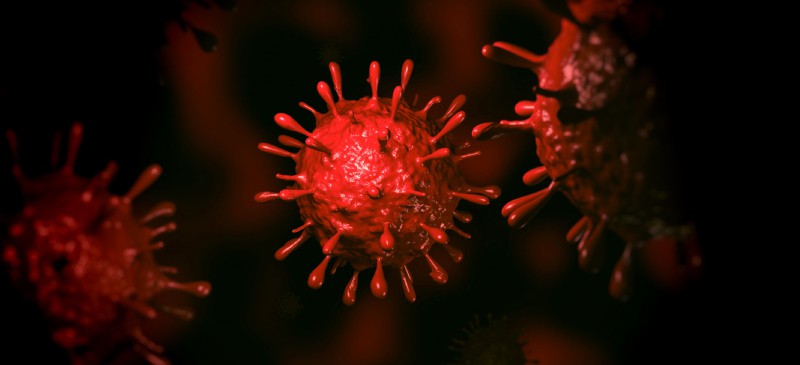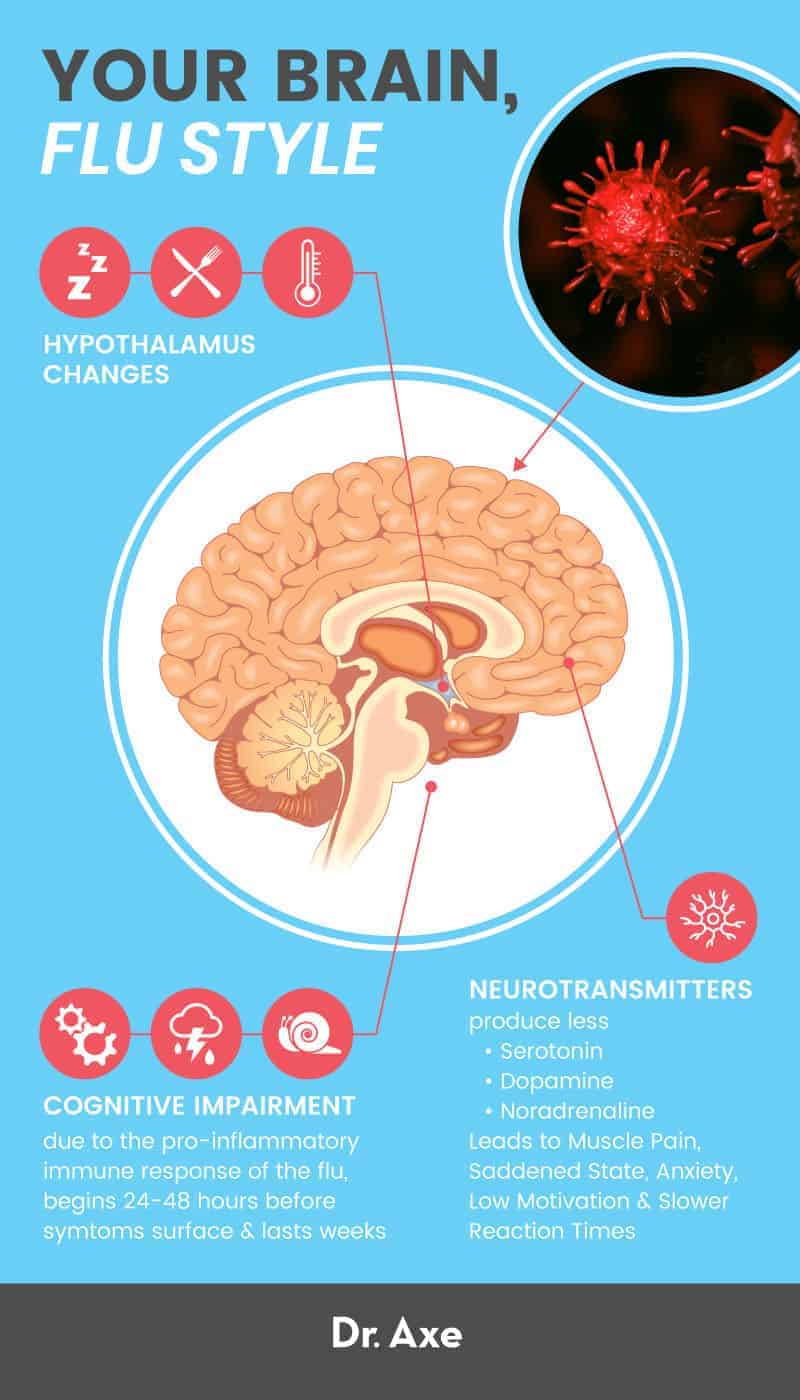This Dr. Axe content is medically reviewed or fact checked to ensure factually accurate information.
With strict editorial sourcing guidelines, we only link to academic research institutions, reputable media sites and, when research is available, medically peer-reviewed studies. Note that the numbers in parentheses (1, 2, etc.) are clickable links to these studies.
The information in our articles is NOT intended to replace a one-on-one relationship with a qualified health care professional and is not intended as medical advice.
This article is based on scientific evidence, written by experts and fact checked by our trained editorial staff. Note that the numbers in parentheses (1, 2, etc.) are clickable links to medically peer-reviewed studies.
Our team includes licensed nutritionists and dietitians, certified health education specialists, as well as certified strength and conditioning specialists, personal trainers and corrective exercise specialists. Our team aims to be not only thorough with its research, but also objective and unbiased.
The information in our articles is NOT intended to replace a one-on-one relationship with a qualified health care professional and is not intended as medical advice.
Flu Brain: Here’s What the Virus Does to Your Central Nervous System
January 9, 2019

Flu brain is a thing. And this season especially, everyone’s trying to avoid it. And no, you aren’t imagining it. People really are throwing you side-eye when you cough, sneeze or sniffle in public. Nobody wants the flu.
You likely know the symptoms all too well. But did you ever wonder what havoc these viruses play inside of the body, particularly the brain? And although this flu season started off slowly, it’s spreading quickly now, making this information more important than ever. And plus, it’s just really cool info.
Cold & Flu: Basic Symptoms & ‘Flu Brain’
When it comes to colds and the flu, the cause of infection is often unknown. Was it little Susie? Or the doorknob at work? What comes next though, is all too familiar. The coughing, the sore throat, brain fog, crankiness, fatigue, stuffy nose, and aches. This is known collectively as sickness behavior. Cold and flu symptoms are often grouped together but the two can have some distinct differences.
Both the cold and flu viruses induce fatigue/weakness, a stuffy nose, sneezing, sore throat pain and coughing, but the flu virus is characterized by an accompanying fever, headache, exhaustion and general body aches and pains.
As you lay there, unable to function or move properly, as haziness takes over your brain, you may be wondering, “What is happening inside of my head?” This is what I like to call “flu brain.”
What Is Flu Brain
Immune Response
To understand the effects a virus has on your brain, AKA flu brain, you must first understand the very basic response the immune system sets off when it senses a pathogen. The body’s response to being infiltrated by any kind of foreign substance causes the immune system to become activated. The immune system is the defense mechanism to prevent an infection or pathogen from getting out of control and causing serious damage to the body.
The invasion: Initially, the virus invades the cells of the host to remain undetected by the immune system as it replicates, thereby increasing its chances of survival. Despite this act of trickery, the cells have a system to determine whether a cell is behaving appropriately or not.
A group of molecules, class 1 major histocompatibility complex proteins (MHC class 1), naturally display pieces of itself from the inside of the cell onto the cell surface. Cells infected with the virus will have MHC class 1 cells with fragments of the virus exposed on the cell surface. This causes a cascade of events to occur to eradicate pathogens from the body. Along with the virus being partially exposed on the cell surface, the host cell releases interferons, or signaling proteins, that cause neighboring cells to increase the MHC class 1 presentation on their cell surface to draw more attention to the virus.
Recognition and defense: The immune system has several types of white blood cells roaming around, policing the body searching for foreign objects to find and destroy. The white blood cells include, but are not limited to:
- T cells
- Natural Killer cells (NK cells)
- Macrophages
- Monocytes
- Mast cells
The natural killer cells find the virus-infected cells displaying the lower levels of MHC class 1 molecules and release more substances to induce cell death. At the same time, a specific type of T cell, cytotoxic T cell, will recognize the virally infected cell due to the part of the virus exposed on the cell surface. From there, it releases cytotoxic factors to “kill” the infected cell.
Following viral identification, cytotoxic T cells also synthesize and release cytokines. Cytokines are pro-inflammatory, antibody proteins that activate and organize that immune response to a viral infection by acting upon cell receptors causing a cascade of intracellular signaling that leads to alterations in gene expression and ultimately cell functioning. (1)
Immune response and the brain: The symptoms of a cold and flu are the physical manifestations of the immune response to the viral infection. Symptoms of fever and fatigue, along with a decrease in appetite, motivation, mood, psychomotor function and concentration, are all due to the release of cytokines within different regions of the brain.
Neurotransmitters: When it comes to flu brain, neurotransmitters play a huge role. An immune system response in the central nervous system causes a significant effect on the synthesis of specific neurotransmitters and precursors:
- Serotonin
- Dopamine
- Noradrenaline
- Choline
- Glutamate
The cytokines activate a pathway which depletes a precursor to some of the neurotransmitters, decreasing their synthesis, release and reuptake. (2)
The decrease in dopamine and serotonin affect learning and memory as well as “feel good” sensations, leaving a somewhat saddened state. A noradrenaline decrease causes a slowing in reaction time, and choline effects the ability to remember new information, while glutamate decrease affects muscle.
The decrease in neurotransmitters also impacts the neural circuits within specific regions of the brain. Neural circuits within the basal ganglia, anterior cingulate cortex, amygdala, hippocampus are impacted. These regions are associated with motor activity, motivation, anxiety, arousal, alarm and memory. (3)
Hypothalamus: Within the hypothalamus (the region that regulates body temperature, hunger, thirst as well as other autonomic functions) cytokine release provokes alterations in normal homeostatic functions to try to rid the body of the virus. Generally, there is an increase in temperature, a fever, an increase in sleep and a decrease in appetite. (4)

A fever is an attempt to create an environment that is not conducive to viral replication, while the increase in sleep allows the body to devote most of its energy on fighting the virus instead of focusing its energy on wakeful tasks.
Research by Dr. Marken Nedergaard; a professor of neurosurgery at the University of Rochester, shows that cerebral spinal fluid washes away proteins that build up in the space between brain cells during the day. This process is even more crucial as the body fights an infection and is dealing with a surplus of proteins that need to be removed from the spaces between neurons. Essentially, all of this debris can act to obstruct or slow normal metabolic function and can attribute to the “foggy headed” feeling. (5)
Cognition: The effects of the pro-inflammatory immune response on cognition and mood are a decrease in mental processing, learning and a depressed state. Much like alcohol or sleep deprivation, seasonal illness impairs cognition by dampening reaction times and the ability to store new information. (6)
In one study, 198 healthy men and women were baseline tested for cognition. A few months later, one-third of the participants had head colds and were tested again, with the healthy participants remaining as controls. When compared to previous baseline score, individuals with head colds took longer to learn new things and to perform verbal reasoning tasks as well as retrieve information. (7)
The cognitive impairment started 24 to 48 hours prior to other symptoms and lasted a few days following the stoppage of coughing and sneezing. Impairment with the flu lasted several weeks.
In another study from 2012, 25 students took simulated driving tests on two different occasions. During the first session, 15 students had a head cold, but not on the second session. The results showed an impairment of reaction time, especially for unexpected events, although basic driving skills were not impaired. (9)
These studies have illustrated that inflammation is the key factor that links the immune, neurological and psychological systems causing the cognitive deficits of seasonal illness.
Flu Brain: Prevention and Maintenance
Unfortunately, there isn’t much to be done as your body fights off a viral infection. However, there are some ways to help your body along and make you feel less foggy and more functional during your days of recuperation.
1. Never underestimate the power of positive thinking! Studies suggest that a positive outlook helps protect against seasonal illness or reduces the intensity of the symptoms, while stress undermines the immune system through cortisol release (the stress hormone) and makes your more susceptible to illness. (10)
2. Sleep. Sleep deprivation is a no-no when it comes fighting the flu. to As mentioned earlier, sleeping lets your body focus its energy on fighting the virus, allowing the body to wash away the waste products lodged in between your brain cells.
3. Consider caffeine. A 2014 study illustrated the benefits of caffeine, a stimulant, and ibuprofen, an anti-inflammatory. Individuals were given either 200 milligrams of ibuprofen with 100 milligrams of caffeine or 200 milligrams of ibuprofen alone or 100 milligrams of caffeine alone or a placebo. The groups were tested two times over a 3-hour period. The caffeine and ibuprofen group showed the biggest improvement in reaction times. While I’m not big on using ibuprofen, the study also found some improvement with caffeine alone. So a cup of coffee could perk you up during seasonal illness, if you can stomach it. (11)
4. Tap flu-fighting oils. Use this guide to the best essential oils for colds, the flu and beyond to help support your body during seasonal illness.
Final Thoughts on Flu Brain
- Seasonal illnesses like colds and influenza activate the body’s immune system, unleashing a wave of pro-inflammatory antibody proteins known as cytokines to keep pathogens under control.
- This immune response impacts the brain and central nervous system tremendously.
- It throws off normal neurotransmitter functioning, leading to everything from muscle pain and brain fog to symptoms of depression.
- A cold can lead to impaired cognitive function for a few days; the flu may cause weeks of cognitive dysfunction.
- Virus-triggered inflammation links the immune, neurological and psychological systems during cold and flu season.


